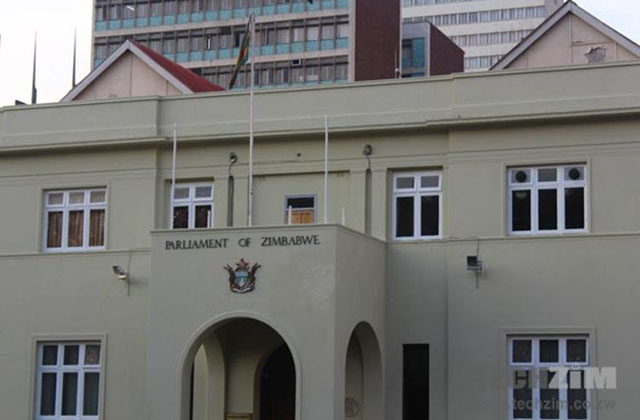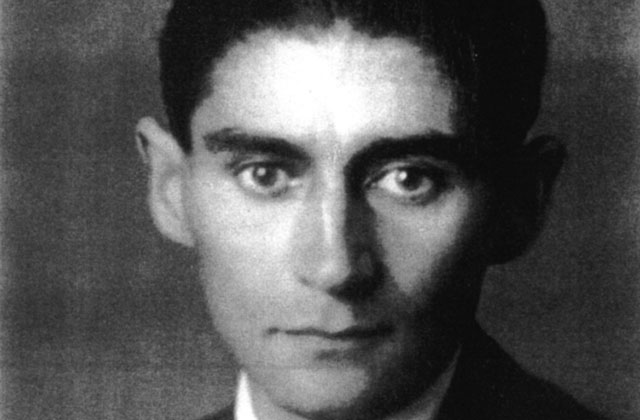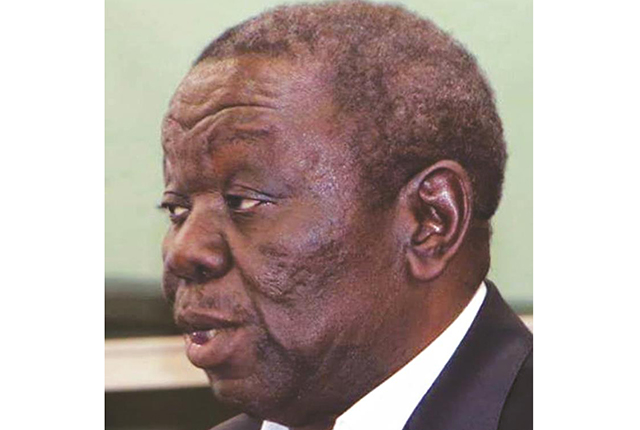Parly Open Day Exhibition opens

At the gallery
THE National Gallery of Zimbabwe is hosting the first ever Parliament of Zimbabwe Open Day Exhibition that opened last Friday and runs until Wednesday.
The exhibition precedes the Open Day that will be held at the Parliament of Zimbabwe on Thursday and Friday in Celebration of 37 years of Independence and Democracy. The whole idea of an open house day is to allow members of the public a window into the world of the parliamentarians and the Open Day Exhibition at the Gallery has been designed to give people an insight into the Parliament and its activities before open day.
The active involvement of citizens in the national governance dynamics is imperative in creating a healthy and thriving democracy.
The inaugural Parliament of Zimbabwe Open Day exhibition will trace the history of the Parliament of Zimbabwe from colonial times to present day. It will feature pictorial images of the key milestones in the history of the parliament, audio visual material as well as different regalia and materials that speak to the evolution of the Zimbabwean Parliament.
The exhibition is a way of making people aware of the history of the parliament as well as how the parliament works. In modern politics and history, a parliament is a legislative, elected body of government and has three functions representing the electorate, making laws, and overseeing the government via hearings and inquiries, in essence a parliament represents the people and makes laws and important decisions on their behalf hence it is of significance that the public gains knowledge on the parliament and its activities.
“This an important exhibition because it details the history of the parliament from the colonial era to the present day and there is no other better place to have such an exhibition than the National Gallery which is this year celebrating its 60th anniversary. The Galley is a socio- cultural knowledge hub. This is a place where people can come and learn about different aspects of our culture. It is for that reason we are having this exhibition; to facilitate people gaining knowledge of our legislative history and the parliament,” said Raphael Chikukwa the deputy director and chief curator at the National Gallery of Zimbabwe.
Currently housed between Nelson Mandela and Kwame Nkrumah Avenues along Third Street in Harare, the history of Parliament dates back to 1898 when the Legislative Council was established in terms of the Southern Rhodesia Order in Council. Construction of the building, which was originally planned as a hotel, began in 1895. In early 1898, the British South Africa Company (BSAC) bought and furnished the building. The structure of the building remained unchanged until 1937. The chamber was enlarged between 1937 and 1938 and the height of the building was raised to six storeys. When the BSAC administration came to an end, Southern Rhodesia was annexed as a British Colony, with Responsible Government status on October 1, 1923. The 1923 Constitution set up a Legislature with a membership of 30, representing 15 electoral districts, each with two members.
The first session of the First Parliament of Rhodesia was held on May 30, 1924. The session was held at the newly completed Meikles Hall on the corner of Third Street and Speke Avenue in order to accommodate the vast number of spectators and guests then present. Years later Zimbabwe became independent with a bicameral system of government comprising of the Senate (40 members) and the House of Assembly (100 members)which had been introduced by the 1969 Constitution. Bicameralism is the practice of having two parliamentary chambers, an Upper House, the Senate, and a Lower House, the House of Assembly.
Since then the parliament of Zimbabwe has witnessed a number of significant changes and key mile stones which were designed to make representative democracy relevant to the people. These changes include: the introduction of well-equipped Constituency Information Centres in all the country’s constituencies. These have enabled constituents to interact with their MPs and get valuable information concerning the business of the House.
A Parliamentary Reform Programme was launched in 1997 which ushered in a more responsive Parliament for the new millennium.
The reforms which are now being implemented focus on making Parliament more responsive to the public, more effective in calling the Government to account and more efficient in the way it goes about its business.
Another Key milestone was in 2013 when a new constitution was adopted. The new Constitution cemented Zimbabwe’s legislature and in particular female representation. The new Constitution’s provisions on gender equality align with several of key international and regional gender equality and women’s rights instruments that Zimbabwe has signed and ratified. In this regard, the National Gallery of Zimbabwe endeavours in supporting local artists and has been central to the rise of some internationally recognised female artists such as Mercy Moyo, Portia Zvavahera, Virginia Chihota and Semina Mpofu.
The current Parliament is the Eighth Parliament (2013 -2018). The bi-cameral Parliament consists of the Senate and National Assembly.
The Senate has 80 members of whom 60 are elected from the 10m provinces, 18 are Chiefs and 2 represent persons with disabilities. The National Assembly consists of 270 members of whom 210 are elected from the 210 constituencies and 60 women elected under a party-list system of proportional representation.
Museums are intergenerational guardians of a nation’s heritage and create an ongoing link to the past. As custodians of the past, the National Gallery of Zimbabwe in collaboration with the Parliament of Zimbabwe seeks to hold this exhibition to chronicle and impart the knowledge and information of the Parliament of Zimbabwe to the public.








Comments